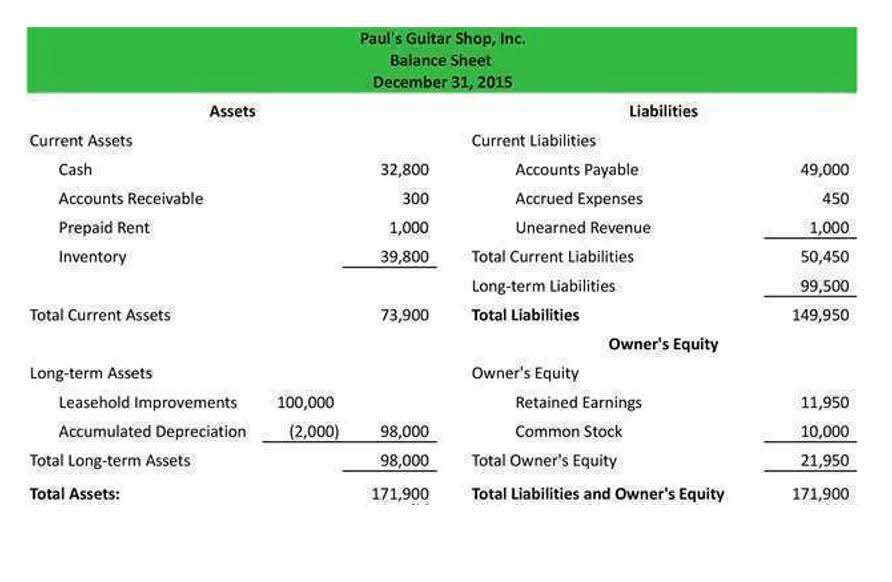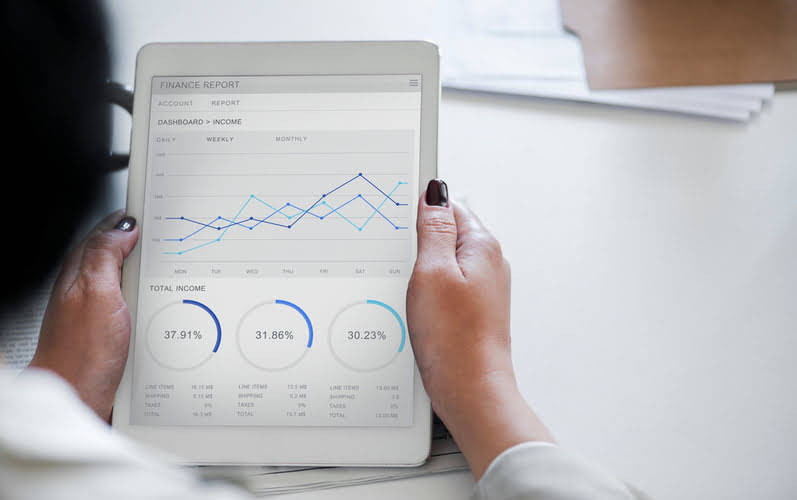
Safety stock is the amount of inventory a business holds to mitigate the risk of shortages or stockouts. The safety stock calculation is the difference between the maximum daily sales/usage and lead time, and the average daily usage and lead time. The reorder point formula is a critical inventory management tool that signals the perfect time to reorder stock. It prevents stockouts and overstocking, thus saving you from potential sales loss and excess inventory costs. That’s why it’s not just about knowing how to calculate these points but also understanding the factors that influence them, such as safety stock levels, lead time, and customer demand. By accurately predicting when stock needs replenishing, businesses can maintain efficient operations, meet customer demand consistently, and manage storage costs effectively.
- There’s a simple formula that businesses can use to determine the reorder point for a product, taking into account customer demand and vendor delivery times.
- Many business owners and managers view ROP as a somewhat mystical figure, hard to pinpoint accurately, potentially leading to either overstocking or understocking.
- If your store doesn’t maintain safety stock, then this part of the reorder point formula is optional.
- The reorder point formula is a critical inventory management tool that signals the perfect time to reorder stock.
- The basic formula for the reorder point is to multiply the average daily usage rate for an inventory item by the lead time in days to replenish it.
- The adoption of the ROP in inventory management brings with it a suite of advantages that can revolutionize the way businesses handle their stock.
Data analytics can reveal surprising trends, like which products are likely to be hot sellers during specific times of the year or even which items frequently get bought together. By doing so, you confirm you have enough stock to cover the sales during the lead time, plus an additional safety stock to cover unexpected demand or supply delays. which one of these would not be a factor in determining the reorder point? By knowing how much you sell on an average day, you can set more accurate reorder points. For growing retailers, manufacturers, or wholesalers, working with dozens or hundreds of spreadsheets can be time-consuming and error-prone. If your business falls into this category, consider the benefits of inventory management software.
What is the Reorder Point Formula and Why is it Important?
For more information on how Sage uses and looks after your personal data and the data protection rights you have, please read our Privacy Policy. Keep this in mind, and you’ll turn inventory management from a challenge into a strategic advantage. As mentioned previously, the key to forecasting is frequent analysis of sales data, especially with the occurrence of any major business changes. The effectiveness of ROP heavily depends on the accuracy of your demand forecasting.
- To find your average daily sales units, you look at your POS reports and see that you sold 91 lamps last month.
- These software solutions often come with features that alert you when stock reaches the reorder point or even automatically place orders with suppliers, ensuring a seamless inventory management process.
- Determining the right amount of safety stock is a critical component in the implementation of an effective ROP system, yet it can be a complex task.
- The reorder point formula is a strategic tool that can save you time, money, and a whole lot of stress.
- With automations like this in place, you can spend more time doing the things that only you can do for your business.
Both ROP and EOQ are crucial for effective inventory management but are used at different stages and for different aspects of the inventory management process. Each product in your inventory likely has its own stock-keeping unit (SKU), a unique identifier that makes it easier to track for inventory purposes. This information is invaluable for setting reorder points that are not only effective but also efficient. Now that you’re acquainted with the general steps and the formula, let’s go through a detailed example.
Why is setting a reorder point so important?
The journey to optimized inventory management is not one to embark on alone—technology is here to assist. Small businesses can use the reorder point formula to calculate when items need to be replenished before their inventory levels hit zero. Using this inventory management tool can help avoid an unwanted out-of-stock message for your customers, which can often be disruptive to their shopping experience. The basic formula for the reorder point is to multiply the average daily usage rate for an inventory item by the lead time in days to replenish it. For example, ABC International uses an average of 25 units of its green widget every day, and the number of days it takes for the supplier to replenish inventory is four days.
A staggering $61.7 billion was lost to inventory shrinkage in the U.S. retail industry in 2019, as reported by the National Retail Federation. This loss often stems from stockouts, overstocking, and obsolescence—all of which can be mitigated by mastering the reorder point formula. This foolproof guide will walk you through the steps to understand, calculate, and apply the reorder point formula, ensuring you optimize your inventory levels and save money. Regular monitoring of your inventory performance is crucial for maintaining an efficient reorder point. Implement key performance indicators (KPIs) such as inventory turnover rate, days on hand, and service level to evaluate how well your inventory meets customer demand. Utilize inventory management software to track these metrics in real-time, allowing for prompt adjustments to your reorder point.












